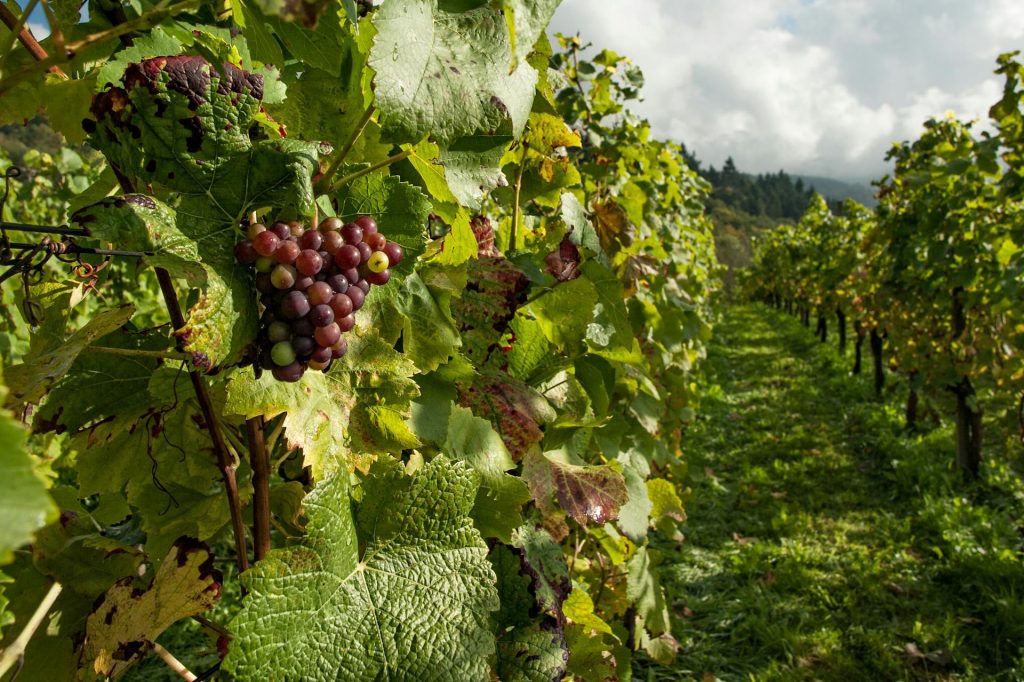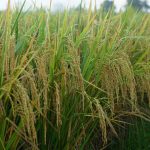Organic farming is gaining popularity in India due to rising health awareness and demand for chemical-free food. If you’re a farmer or entrepreneur looking to start organic farming in India, this step-by-step guide will help you begin your journey successfully.
What is Organic Farming?
Organic farming is a sustainable agricultural method that avoids synthetic fertilizers, pesticides, and GMOs. Instead, it relies on natural inputs like compost, green manure, and bio-pesticides to maintain soil health and crop productivity.
Why Choose Organic Farming?
Healthier food – Free from harmful chemicals
Better soil fertility – Improves long-term productivity
Higher profits – Organic products fetch premium prices
Eco-friendly – Reduces pollution & conserves water
Step-by-Step Guide to Start Organic Farming in India
1. Select the Right Land
- Choose fertile, well-drained soil with good water availability.
- Avoid land previously treated with chemical fertilizers/pesticides (or allow a 3-year transition period).
- Test soil for pH, nutrients, and contamination (use govt. soil testing labs).
2. Get Organic Certification (Optional but Recommended)
To sell produce as “certified organic,” register with:
- NPOP (National Programme for Organic Production) – For domestic & export markets
- PGS-India (Participatory Guarantee System) – Low-cost certification for small farmers
3. Choose Suitable Crops
Start with high-demand organic crops like:
- Vegetables: Tomato, Brinjal, Spinach
- Grains: Wheat, Rice, Millets
- Pulses: Chickpea, Moong, Lentils
- Cash Crops: Cotton, Sugarcane, Spices
4. Prepare Organic Inputs
Replace chemicals with natural alternatives:
- Compost (from cow dung, crop waste)
- Vermicompost (using earthworms)
- Green Manure (growing & plowing legumes)
- Bio-fertilizers (Rhizobium, Azotobacter)
- Natural Pest Control (Neem oil, Garlic-Chili spray)
5. Follow Organic Farming Techniques
- Crop Rotation – Prevents soil depletion & pests
- Intercropping – Maximizes land use (e.g., maize + beans)
- Mulching – Retains soil moisture & controls weeds
- Drip Irrigation – Saves water & reduces fungal diseases
6. Market Your Organic Produce
Sell through:
- Local organic stores & supermarkets
- Online platforms (BigBasket, Organic Mandya, Farmizen)
- Farmers’ markets & export agencies
Government Schemes Supporting Organic Farming
- Paramparagat Krishi Vikas Yojana (PKVY) – ₹50,000/acre subsidy
- Mission Organic Value Chain Development (MOVCD-NER) – For NE states
- Rashtriya Krishi Vikas Yojana (RKVY) – Financial aid for organic inputs
Challenges & How to Overcome Them
High Initial Cost → Use govt. subsidies & start small
Pest Management → Adopt neem-based solutions & biocontrol agents
Lower Yields Initially → Soil takes time to recover from chemicals
Success Story: Zero Budget Natural Farming (ZBNF)
Subhash Palekar’s ZBNF method uses:
✔ Bijamrita (Seed treatment with cow dung & urine)
✔ Jiwamrita (Liquid fertilizer from fermented cow dung)
✔ Mulching & intercropping
Many Indian farmers have doubled profits using ZBNF!
Final Thoughts
Starting organic farming in India requires patience and knowledge, but the long-term benefits—healthier soil, premium prices, and sustainability—make it worthwhile. Begin small, learn from experts, and gradually expand your organic farm.
FAQs
Q: How much does organic certification cost in India?
A: Around ₹5,000–₹25,000 depending on farm size & certifying agency.
Q: Can I switch from chemical to organic farming immediately?
A: No, a 2–3 year transition period is needed to remove chemical residues.
Q: Which state is best for organic farming in India?
A: Sikkim (India’s first 100% organic state), Kerala, Uttarakhand, and Maharashtra.






